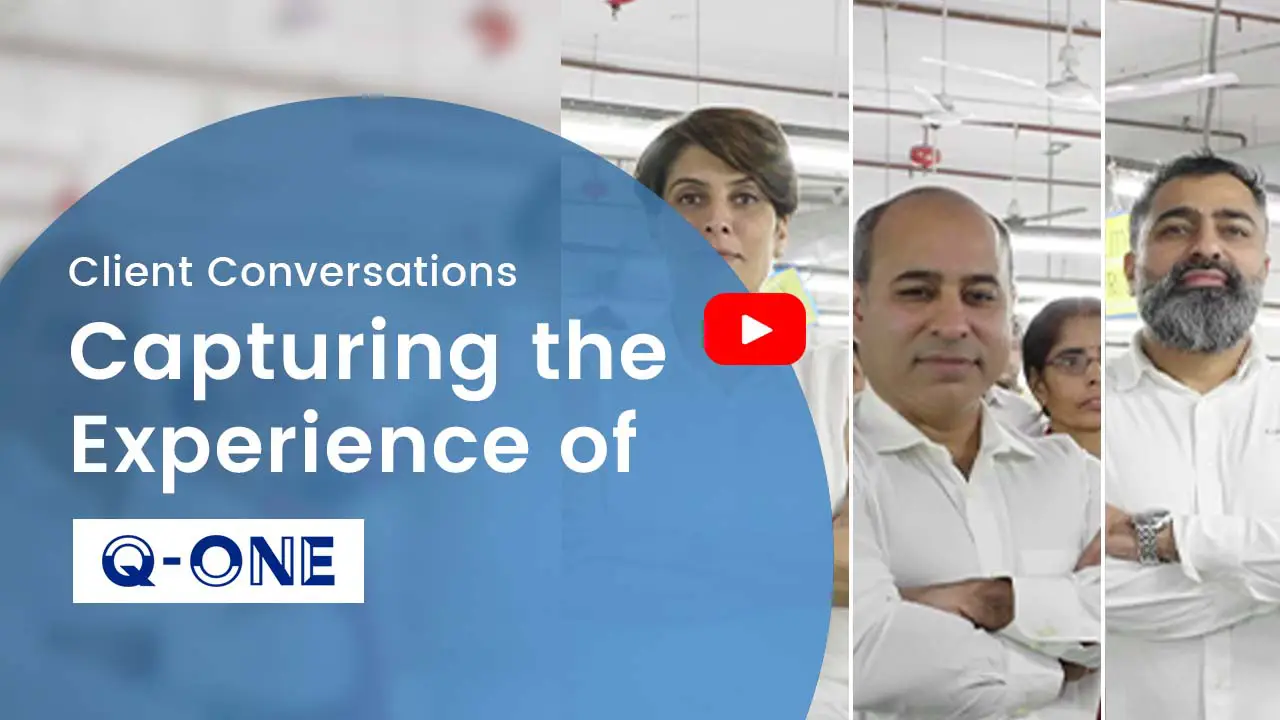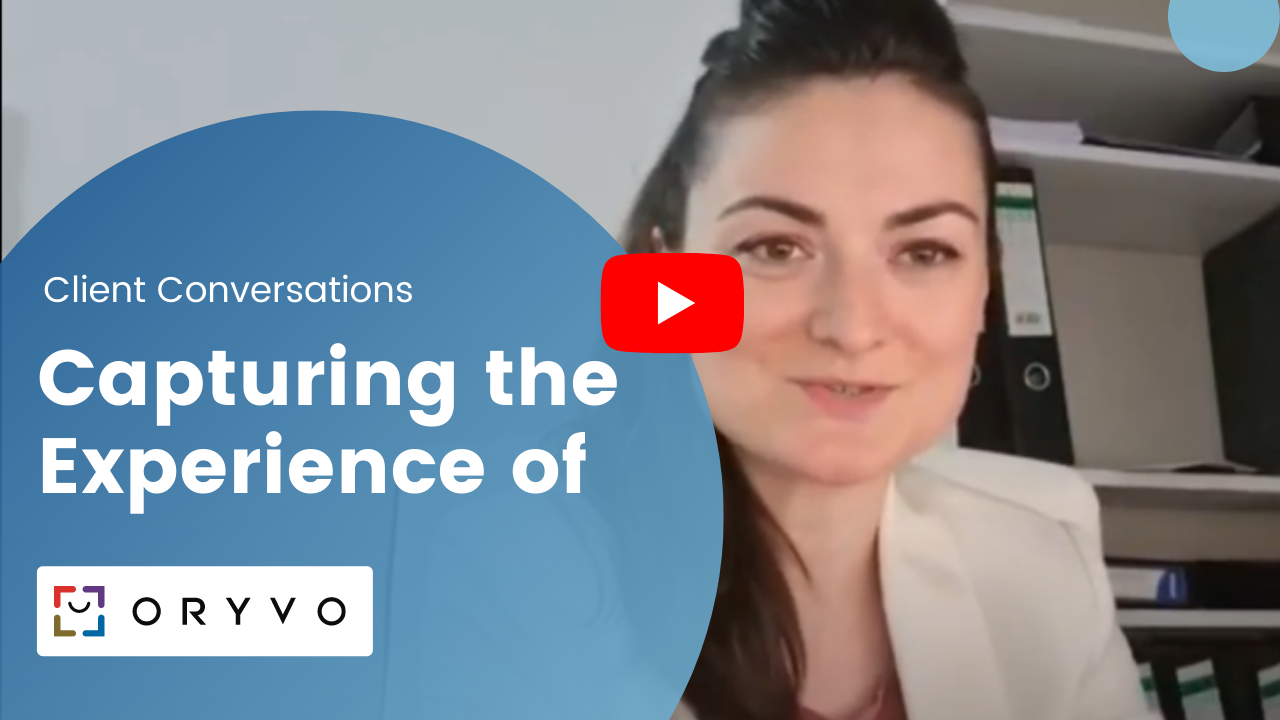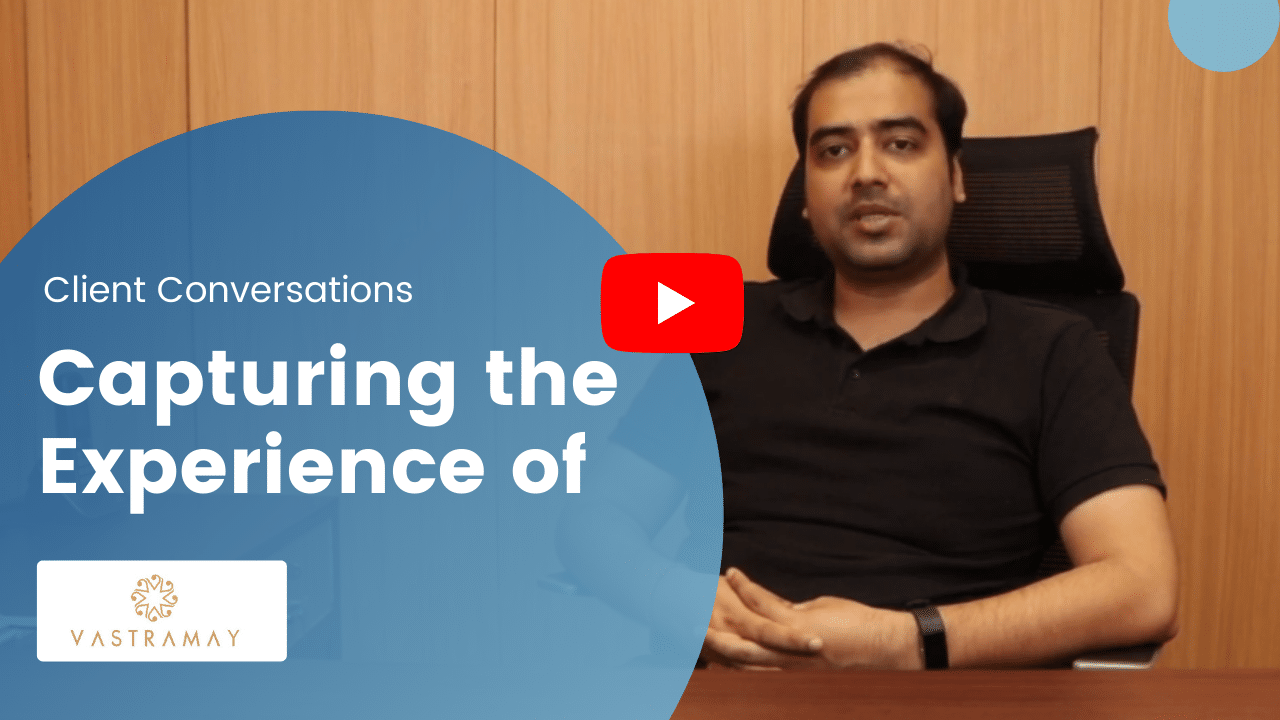Unicommerce is Trusted by 7000+ E-commerce Businesses Globally
Welcome to the testimonial hub of Unicommerce, where we celebrate the victories of businesses we’ve empowered. Our e-commerce solutions have been lauded by industry leaders worldwide. But don’t just take our word for it, hear it from the champions themselves!
“We are delighted to partner with Unicommerce to elevate our supply chain operations for our brand website operations. We are witnessing consistent traffic growth on our website and with the unique tech capabilities of Unicommerce, we are hopeful that we will be able to streamline our operational flow, reduce return orders, and ensure consistent repeat customers by enhancing the post-purchase experience for our consumers. We have a wide product range for audio and wearable products portfolio and we are confident that with this partnership we will be able to further expedite our brand’s growth.”
boAt
Vivek Gambhir | CEO
“Unicommerce has been instrumental in helping us run our business with our brand and vendors. Many of our vendors manage inventory and fulfillment on Uniware. From the early marketplace days, Unicommerce has been able to setup integration quickly and allow for emerging use cases as Myntra evolved”
Flipkart – Myntra
Jeyandran Venugopal | Chief Product & Technology Officer
“Being a D2C brand, we prioritize ensuring timely deliveries and a smooth purchase experience for our customers. Our partnership with Unicommerce comes at the right time in our growth journey as we scale multiple brands. They have an evolved e-commerce-focused supply chain platform and their ability to meet evolving business needs of D2C brands like ours makes us confident of the value that Unicommerce will add as we move towards building a House of Brands.”
FS Life
Ayushi Gudwani | Founder and CEO
“Pureplay has been associated with Unicommerce for a few years now and it has been a wonderful journey full of growth, improvement and scalability! With the help of the Unicommerce team, we have been able to scale up from 1 warehouse to 6 throughout the country, improve our productivity drastically and reduce our picking errors greatly. I can confidently say that Uniware designed by Unicommerce is the best solution in India for warehousing and fulfilling the needs of the D2C industry today!”
Pureplay Skin Sciences (I) Pvt Ltd
Girish M Kulkarni | GM – SCM & Technology
“To streamline our capabilities as we cater to fans across the length and breadth of the country in the fastest time possible, we joined hands with Unicommerce. We are delighted with the tremendous results that the platform has brought in and we look forward to solving more customer issues using this technology.”
MPL Sports
Subhadeep Basu | Head – Projects & Fulfillment
“It has always been difficult to manage customer journeys (coming via our own brands’ outlets, website, marketplaces, etc.) in our system. But with Unicommerce taking care of our warehouse and multichannel operations, we have been completely focused on developing the brand now rather than worrying about anything else.”
TCNS
SAURABH BANSAL | Chief Digital Officer
“With Unicommerce’s user-friendly and easy-to-use interface, we have been able to manage our orders timely while giving an immersive shopping experience to our customers. Unicommerce has empowered our backend operations as we now have clear visibility of our inventory across all sales channels.“
The Man Company
Bhisham Bhateja | Co- Founder
“Our partnership with Unicommerce is a strategic move to enhance our e-commerce capabilities and stay ahead of the curve in a highly competitive market. With Unicommerce’s platform, we will be able to manage our operations more efficiently, reduce errors, and improve our turnaround time further for order fulfillment. This will help us in our ongoing journey of delighting our customers through a seamless and hassle-free shopping experience, ultimately driving customer loyalty and business growth.”
Timex Group India
Deepak Chabbra | Managing Director
“We believe that technology will play a pivotal role in consistently growing our brand portfolio. As we work towards building a robust supply chain for our brands, we are ecstatic to have Unicommerce as our technology partner. Unicommerce has a proven track record of enabling some of the leading digital businesses of India and we are confident that this association will enable us in streamlining some important tasks of our supply chain.”
UpScalio
Gautam Kshatriya | CEO and Co-Founder
“With Unicommerce we have been seamlessly handling our products on Amazon.ae and Noon and have achieved maximum exposure across platforms. The solutions provided by Unicommerce have enabled us to service our customers with highly advanced management of inventory, order and fulfillment. We would recommend Unicommerce for all sellers who want to leverage the best possible supply chain solutions for their eCommerce businesses.”
Oryvo
Emilia | Managing Partner
“Our brand is run by mothers, for mothers and their children, so that they get only the best quality products. Unicommerce has helped us to keep our promise, enhance our operations and provide better services to our customers, all from a single platform. Their highly effective dropship and vendor management solutions are key to driving growth for our business, and we would definitely recommend them to other e-commerce businesses.”
Edamama
Bela Gupta D’Souza | Founder, Edamama
“We have witnessed phenomenal growth for our e-commerce business and are glad to have Unicommerce as our supply chain technology solution provider. It’s enriching to see that both the brands share the same ethos of a customer-centric approach. The partnership will enable us in ensuring that all our customers get on-time delivery and optimize our operations. We have launched more customer-centric services in the past such as ‘Anytime-Anywhere Exchange’, ‘Find Your Size’, ‘Fashion Stylists’, and ‘Free Home Delivery’, to ensure that our customer gets an exceptional shopping experience across platforms.”
REDTAG
Shehbaz Shaikh | Chief Retail Officer, & E-commerce
“We are opening a gateway for global sellers and brands to enter and serve the consumer demands of this region. Thus, flexibility and knowledge of the regional MENA and India market are some of our top-of-mind requirements for any partnerships that we pursue. Since the beginning of RSA Global, we always extend the operational benefits of having a strong tech infrastructure to our customers, so we are looking forward to working in close unity with partners like Unicommerce. We see that this development is especially important now that more brands are seeing the huge opportunities and demands from MENA and India consumers. And we cannot wait to help those e-commerce companies create a lasting consumer experience.”
RSA Global
Abhishek Shah | CEO and Co-founder
“Building the D2C brand from complete scratch was a roller coaster journey for us! We are thankful to the team of Unicommerce & their top-notch e-commerce technology solutions, which played a key role in streamlining D2C selling for us”.
Marico Limited
Pratik Gupta | Global Head, Digital & E-commerce
“Mannual error reduced , expansion across 46K+ products became very smooth with Unicommerce at the backend. We were able to scale up to processing 10K+ order items per month seamlessly. I would anytime recommend Unicommerce to anyone who is managing a business like ours.”
Bajaao
Ashutosh Pande | Founder
“We onboarded Unicommerce in 2016 and since then they are helping us streamline order and inventory management. Unicommerce offers quick and effective solutions with tremendous performance. Their entire team is highly devoted as they are always available with extended support.”
PlumGoodness
Sumit Singh | Manager Supply Chain
“With a robust and scalable solution like Unicommerce as our Warehouse Management and Vendor Panel Solution partner, we have been able to manage our supply chain operations much more seamlessly. And this has helped us be better prepared for our next phase of exponential growth.”
Bulbul
Atit Jain | COO & Co-founder
“Unicommerce was easy for us to use since the very start and we’ve been using it for over 5 years now. Within a few weeks, we had our analytics functioning, all our e-commerce channels synced, inventory managed and order processing onboard with the help of the software. Unicommerce is user friendly and intuitive. We’re able to find solutions to our tasks effortlessly.”
Vastramay
Vishal Drolia | Proprietor
“Unicommerce is a great one-stop solution for the e-commerce and logistics requirements of any business. It has helped us directly integrate our warehouse inventory on a real-time basis directly onto marketplaces as well as on our own website. The orders are seamlessly processed at the warehouse and this has allowed us to scale our online sales seamlessly.”
Suditi Industries Ltd.
Tanuj Agarwal | Director
“Unicommerce has been very helpful for us in managing inventory, order processing and accounting for our website and all marketplaces. It’s real time inventory and order sync features have given us the ability to work on all the online channels seamlessly. It’s bundling feature has given us the flexibility of working at combo packs. Unicommerce has played a key role in our growth journey and we recommend using their products for scaling up in online space.”
XYXX Apparels Pvt. Ltd.
Abhishek Kushwaha | Business Head – E-commerce
“With Unicommerce onboard, we at Xtep have effectively handled our stocks, strengthened our order processing and no easily maintain real-time and highly accurate records for all our business processes. The technology solutions of Unicommerce not only helps us in increasing our overall sales but also saves a lot of our time and enables us to implement cost-effective methods of managing our e-commerce operations.“
Xtep India Limited
Prithviraj M N | Sr. Manager HR & Business Development
“The kind of space the brand occupies in consumer’s life today, we believe it can be extended by taking the brand into other aspects of their lifestyle, and with that vision, we entered into e-commerce. With a rise in the number of orders and more SKU’s being added eventually, a goal to give our customers an extraordinary experience we choose Unicommerce to ensure we fulfill our promise with the best class service.“
Bira 91
Humair Khan | Assistant Manager – Marketing
“Our interaction with Unicommerce was preceded by the typical uncertainties and experimentation seen in the e-commerce landscape! When we approached Unicommerce teams we were already fraught with challenges and problems, and yet also huge aspirations that we put on the table alongside our issues. I am only pleased to say that we have expanded multi-fold in terms of geography and channels alike, and the partnership holds great long-term value.”
Hamilton Housewares
Rajat Sharma | Head SCM
Toyfull
Solomon Mathew | CEO, Toyfull





















































